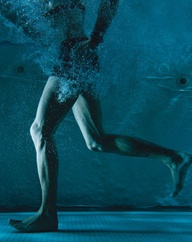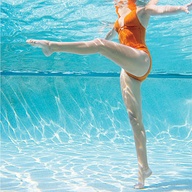The Rationale Behind Exercising your Back
By Olivia O Leary BSc (Hons) D.C
 Your low back pain can be the result of many different things. Back pain can be triggered by combinations of strain, overuse, and or injuries to the ligaments, joints and discs of the spine.
Your low back pain can be the result of many different things. Back pain can be triggered by combinations of strain, overuse, and or injuries to the ligaments, joints and discs of the spine.
Over time injury that has not been managed correctly can lead to an imbalance in the spine which can lead to constant tension in the muscles, ligaments and joints making your low back more prone to injury or re-injury.
Treatment combined with rehab has been scientifically shown to have greater success at preventing recurrent low back pain than either treatment or exercises on their own. So where do you start if you are experiencing recurrent low back pain.
Since low back pain can be caused by injury to various structures in the spine and it’s supporting structures it is important to consult your chiropractor or other spinal specialist if you have back pain lasting longer than 1-2 weeks which is undiagnosed. Your chiropractor can provide a specific diagnosis and explain what structure is injured so that you can be guided as to which treatment and exercises are appropriate for your specific injury.
If you are an existing client of Gorey Family Chiropractic you will have already been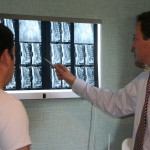 thoroughly physically examined, with x rays taken or scans arranged if clinically neccessary, so that your your complaint could be diagnosed comprehensively and the benefits of rehab for your condition if it was necessary will have been explained to you.
thoroughly physically examined, with x rays taken or scans arranged if clinically neccessary, so that your your complaint could be diagnosed comprehensively and the benefits of rehab for your condition if it was necessary will have been explained to you.
Different spinal problems can be treated with differing protocols regarding exercise, but low back and flexibility exercises have been shown to helpful for almost all types of back problems.
How do Core Exercises Help the Low Back
Low back exercises concentrate on strengthening your abdominal muscles, helping give stability to your spine.
Rehabilitation progra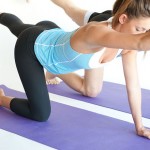 ms that focus on strengthening lumbar muscles combined with core stability and proprioception work also help reduce the risk of low back pain in the future if exercises are done correctly, and on a regular basis.
ms that focus on strengthening lumbar muscles combined with core stability and proprioception work also help reduce the risk of low back pain in the future if exercises are done correctly, and on a regular basis.
The Lumbar/Core Strength and Stability programs can be utilised if you are one of our clients recovering from a specific injury or if it has been identified that you may be at risk of developing further spinal problems in the future.
Programs always include flexibility and strengthening components.
Rehab programs are divided into easy, medium and more difficult levels, which clients work through themselves but under the guidance of one of our Chiropractic/ Physiotherapy team.
It is always recommended to start with the “Easy” exercises, and perfect those before moving to “Medium” or “Difficult”.
So what is the “core”?
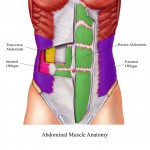 The “core” is comprised of several groups of muscles including the transversus abdominus, multifidus, diaphragm and pelvic floor muscles.
The “core” is comprised of several groups of muscles including the transversus abdominus, multifidus, diaphragm and pelvic floor muscles.
These muscles work together to produce maximum stability in the abdominal and lumbar (lower) back region, as well as coordinating the movement of the arms, legs, and spine.
World Leading Exercise Instruction..
Professor Stuart McGill is one of the worlds leading experts on Spinal Rehabilitation based at the University of Waterloo Canada. His expertise in spinal rehab has been utilized by governments and public bodies as well as elite athletes. In this video he demonstrates how to effectively and safely strengthen the core without aggravating the lower back or discs.
This great video from Professor Mc Gill and his team is excellent for referencing the best exercises for the core, thereby strengthening the core effectively and most importantly safely for those of you with lower back or disc problems.
As always our Gorey Family Chiropractic Clinical team will guide you through a specific programme for your individual case to complement your programme of Chiropractic care and to ensure you recover faster and stay well in the long term.
For your convenience all our clinical team is registered with VHI, Aviva and Laya Healthcare allowing clients of Gorey Family Chiropractic to claim reimbursement from a range of Private Health Insurers.
Feel free to contact our Gorey Family Chiropractic Clinical Team at info@chiropractor.ie or 053 94 83338 with any questions or if you are a new patient with low back pain, sciatica or disc problems seeking guidance.
Opening Hours Mon 8-7, Tues 9-5, Wed 8-7, Thurs 9-5, Fri 8-7
